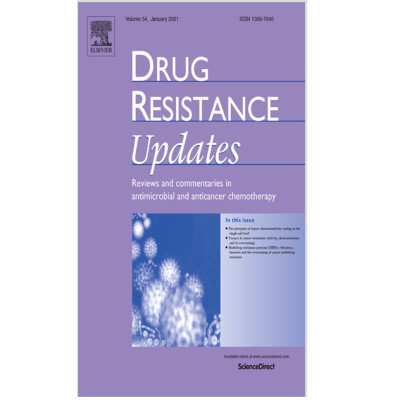Publication
In vitro biomimetic models for glioblastoma-a promising tool for drug response studies
T. Stankovic, T. Randelovic, M. Dragoj, S.S. Buric, L. Fernández, I. Ochoa, V.M. Pérez-García, M. Pesic
Drug Resistance Updates 55, 100753 (2021)
MOLAB authors
Abstract
The poor response of glioblastoma to current treatment protocols is a consequence of its intrinsic drug resistance. Resistance to chemotherapy is primarily associated with considerable cellular heterogeneity, and plasticity of glioblastoma cells, alterations in gene expression, presence of specific tumor microenvironment conditions and blood-brain barrier. In an attempt to successfully overcome chemoresistance and better understand the biological behavior of glioblastoma, numerous tri-dimensional (3D) biomimetic models were developed in the past decade. These novel advanced models are able to better recapitulate the spatial organization of glioblastoma in a real time, therefore providing more realistic and reliable evidence to the response of glioblastoma to therapy. Moreover, these models enable the fine-tuning of different tumor microenvironment conditions and facilitate studies on the effects of the tumor microenvironment on glioblastoma chemoresistance.
This review outlines current knowledge on the essence of glioblastoma chemoresistance and describes the progress achieved by 3D biomimetic models. Moreover, comprehensive literature assessment regarding the influence of 3D culturing and microenvironment mimicking on glioblastoma gene expression and biological behavior is also provided. The contribution of the blood-brain barrier as well as the blood-tumor barrier to glioblastoma chemoresistance is also reviewed from the perspective of 3D biomimetic models. Finally, the role of mathematical models in predicting 3D glioblastoma behavior and drug response is elaborated. In the future, technological innovations along with mathematical simulations should create reliable 3D biomimetic systems for glioblastoma research that should facilitate the identification and possibly application in preclinical drug testing and precision medicine.















